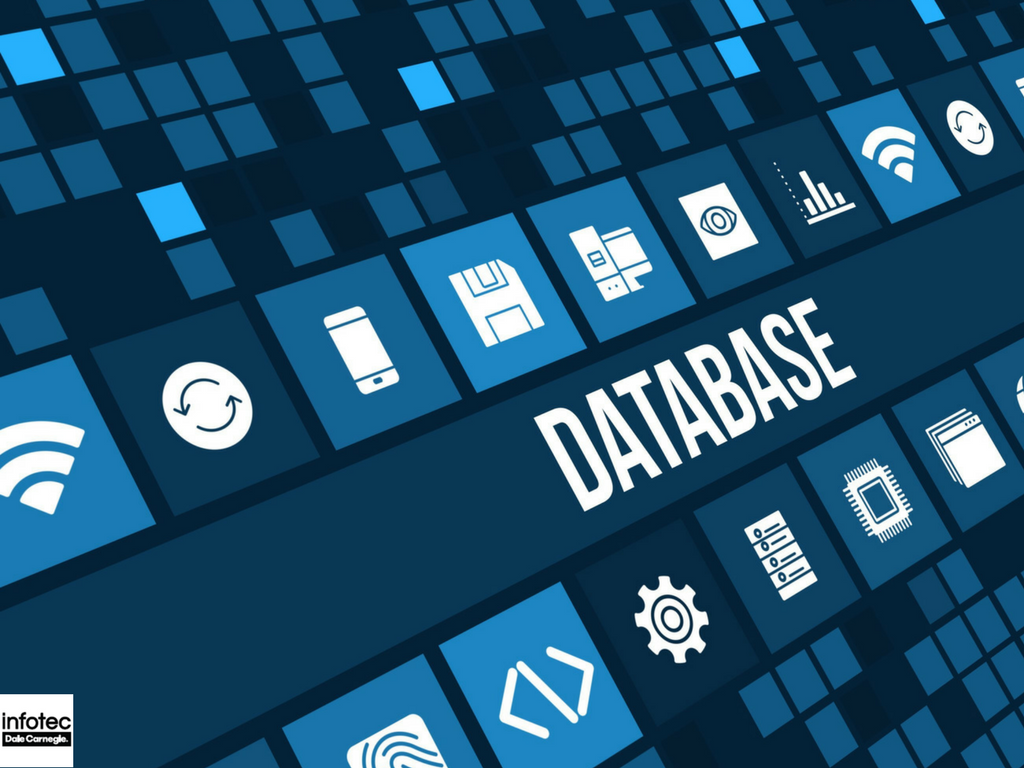Database Design Fundamentals and how it can Help Your Company
A well-designed database will provide you with easy access to accurate and up-to-date information. However, database designing needs one to understand the business requirements. Complex database designs also need architects who understand the requested business processes. Because a proper design is essential for any business to achieve its goals, investing in time to the principles of a good database design makes sense.
Surprisingly, database design theory is one of the topics that most people avoid learning mostly due to lack of time. Some of those who attempt to learn sometimes give up due to the dry academic treatment that is given by most authors and teachers. However, if designing and creating databases is part of your day-to-day job, then you are treading on thin ice in case you don’t have a solid understanding of relational database design theory.
What is a Good Database Design?
The database design process is guided by some principles. The first principle is the duplication of data or redundant data is bad. This is because it increases the likelihood of inconsistencies and errors, and wastes space. The second principle is that the completeness and correctness of information is essential. In case a database has incorrect information, the reports pulled from the database will also contain incorrect information. This means that any decision made from such reports based on a skewed rationale.
Features of a good database design
- Helps to ensure accuracy and integrity of information
- Divides information into subject-based tables to minimize redundant data
- Accommodates the existing data processing and reporting needs
- It provides access to information that is required to be joined in the tables
Relational Databases
The main idea behind relational database models is that a database consists of unordered tables that are connected to each other in a meaningful way. For a relational database to function, some basic rules have to be followed:
- Each table should have a unique name,
- Each table should contain multiple rows,
- Every row in the table should be unique,
- Each table should be awarded a key to identify the rows, and
- Each column should have a unique element name.
These rules are an important part of the database design. Specialists and people in the organization, including users and senior executives. ensure that the database supports day-to-day operations and provides information that the specialist can use to support decision-making database designs.
Why Train Your Employees in Database Design Fundamentals?
Training your employees in database design prepares them to pass the CIW database design methodology exam by teaching them to design and construct databases using efficient and logical methods. Database specialists that can construct and also maintain information on internal systems to streamline business operations are an important component for many types of businesses.
This training will enable your employees to:
- Determine the purpose of your database,
- Organize the required information,
- Divide the information in different tables,
- Turn the information into columns,
- Specify primary keys,
- Set up relation tables,
- Apply the normalization rule, and
- Refine their design skills.
If things are getting financially tight in your business, employee training should be your first form of action. This is because investing in employee training is critical to the future success of your business. A few years back, the 3 R’s: Reading, writing, and arithmetic were used to rate employees. However, these skills are not enough for a successful business today.
Reasons why you should invest in Employee Database Design Fundamentals Training
Increase employee value: Up-skilling or multi-skilling your employees equips them with diverse skills that they can use to perform a variety of tasks.
Exceed industry standards: Investing in training your employees will help you to build a good reputation and give your competitors a run for their money. Because most businesses operate in saturated markets, things that may seem minor can make a big difference and set your business apart from the rest.
Enhance operational efficiency: This training increases the efficiency and productivity of your employees in completing day-to-day tasks. By achieving consistency in daily tasks, it becomes easier to project outcomes and meet business goals and targets.
Training your employees helps your business to run more efficiently: Employees trained in database design are well equipped to use computer systems.
Training is also a recruiting tool: According to a recent survey, most young workers want more than just a paycheck. They seek employment where they can learn new skills.
Database design training gives workers a reason to return: Let your seasoned workers know that they can contribute in more ways. Instead of hiring new talent, offer your employees a chance to learn new skills.
Effective database design training helps the development team to reduce the overall development time and costs. For more information, connect with Infotec today.
For more information about Infotec or any of our programs click here: http://www.infotectraining.com/ or https://ops.infotecpro.com/course_schedule/course_schedule.cfm.




